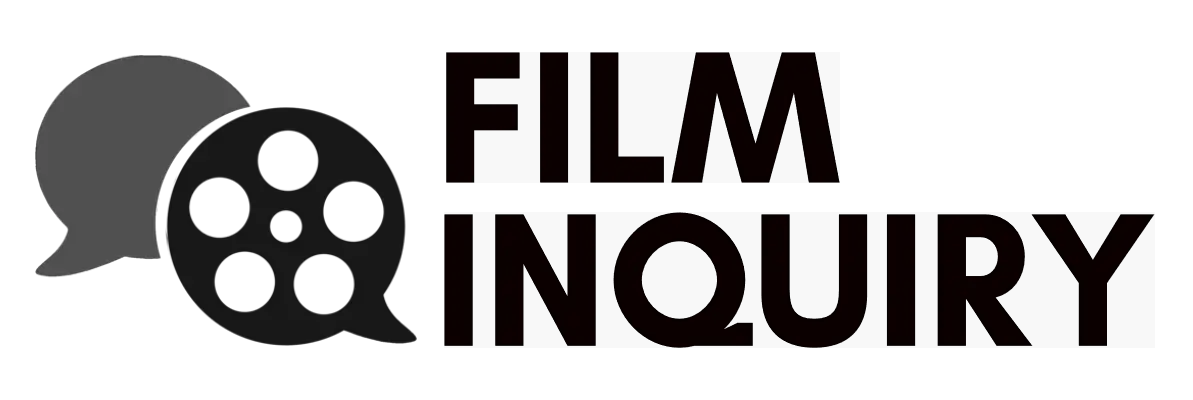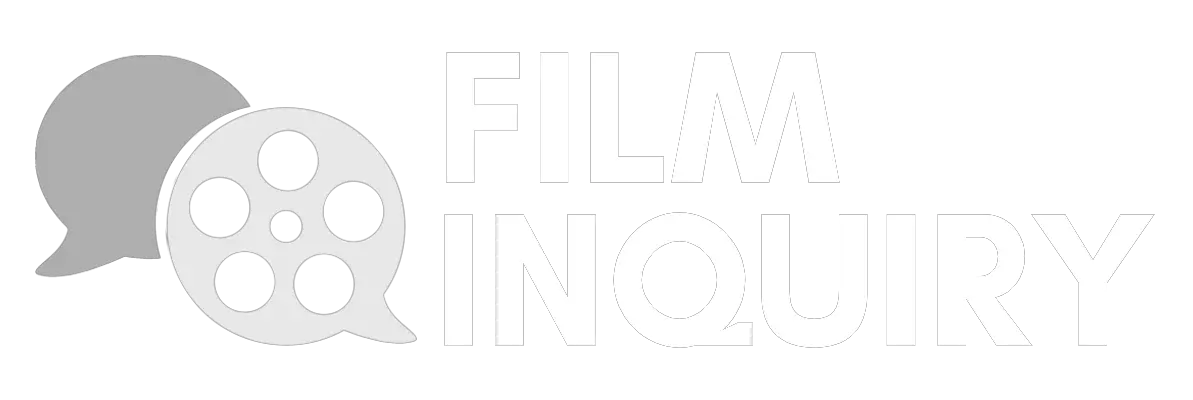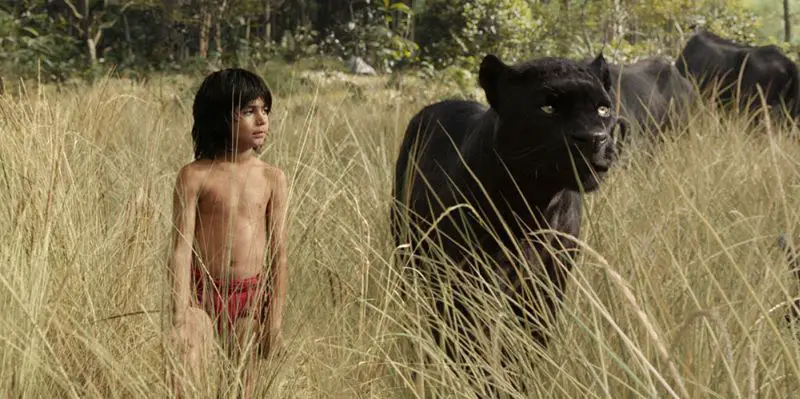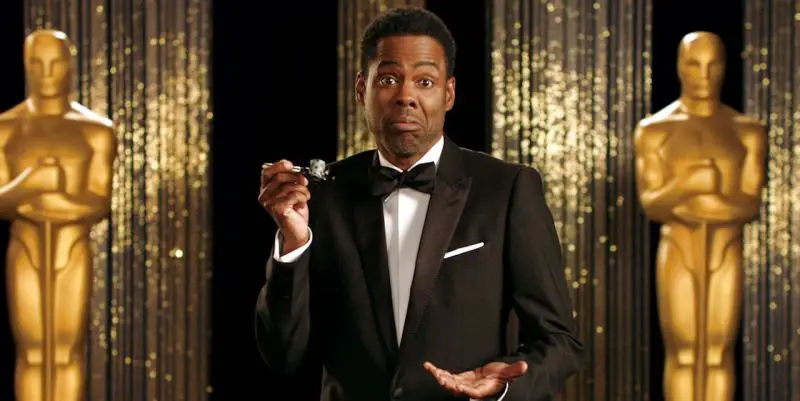
In the beginning, there was light. It moved, it danced, it enthralled, but in the end, it was just light. Even in the silent era, exhibitors recognized the value of sound, coming up with a wide array of live and pre-recorded solutions to the problem of representing reality with only one of our five senses (and drained of color at that).
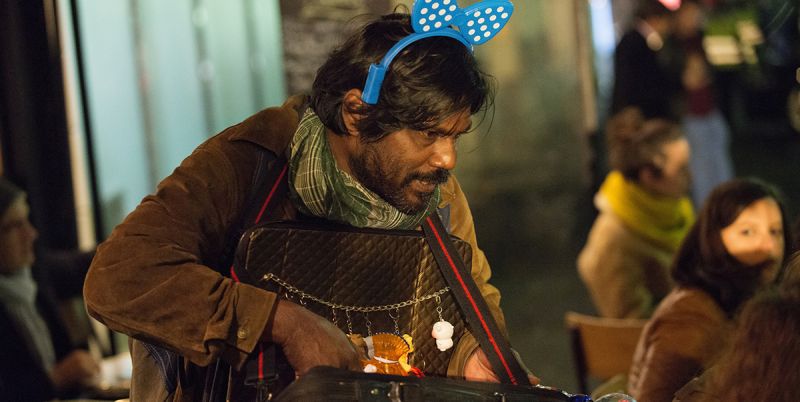
Even in world cinema, the stories we see on screen are largely those depicting the lives and crises of the most well-off members of each respective society – showing situations that still can largely be referred to as “first world problems” without a sense of ironic bite. It is why a film like Dheepan is so urgently needed in the current, self-centred socio-political climate. It firmly puts us in the shoes of characters whose stories are never told in cinema:
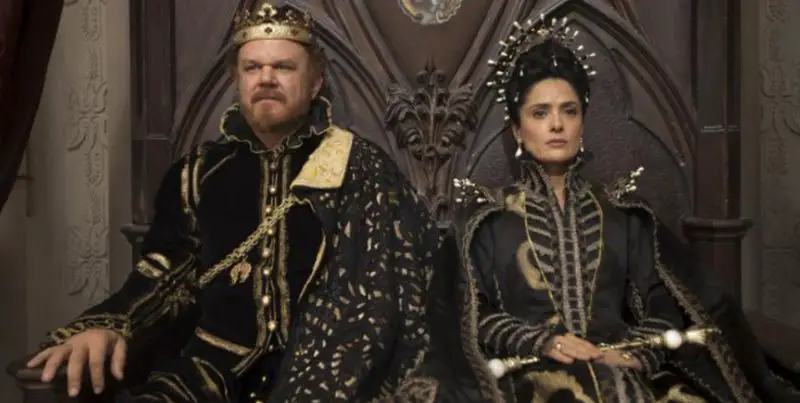
Nobody’s hiding how weird and grotesque Tale of Tales is going to be, and oh how delectable it looks. The adult fairy tale has become a well-used genre of late, and while most draw from the toned down Disney versions or the more bloody Grimm style, there’s a host of other sources out there for filmmakers to start from. Taking that less crowded route is Tale of Tales, which is based on a 17th century Neapolitan collection by Giambattista Basile.
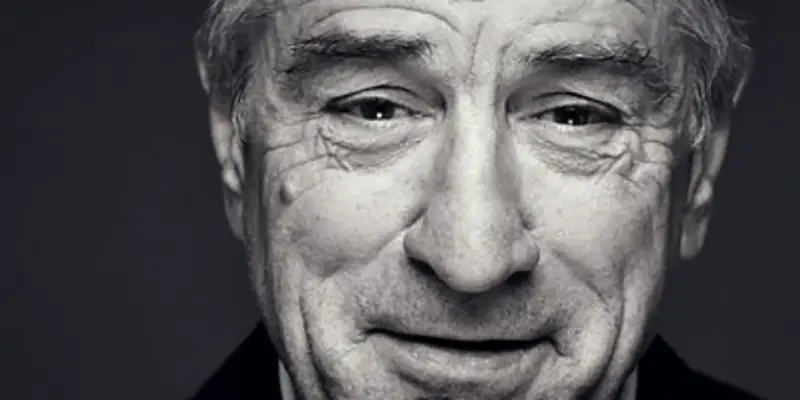
Legend is a word that is batted around pretty easily these days, but one person who is fully deserving of that title is Robert De Niro. One of the most celebrated actors of his generation, the New York born actor has ascended Hollywood’s ranks and is now considered by many to be on par with the likes of Marlon Brando. With seven Academy Awards nominations (two wins), as well as being nominated for eight Golden Globes (one win) and six BAFTAS, De Niro is held in high regard by the industry and public alike, in spite of some questionable career decisions in recent years.
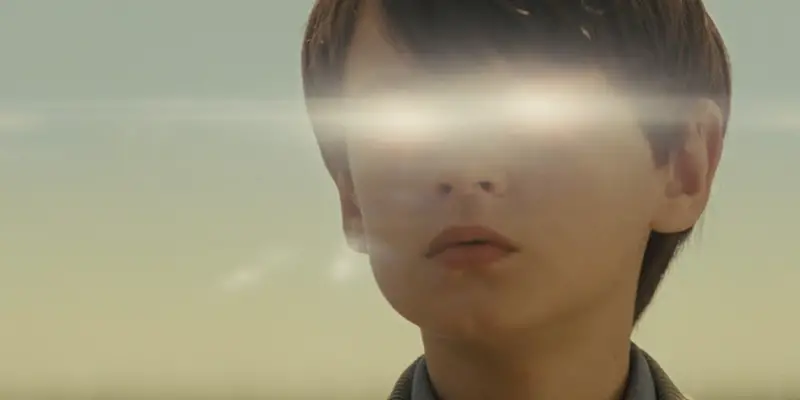
With only four movies to his name so far, and with features ranging in genre from coming-of-age dramas (Mud) to quasi-science fiction (Take Shelter), Jeff Nichols’ films have at least one thing in common (other than that they all star Michael Shannon): they are all intimate productions, both in style and in their focus on the tight-knit relationships around us. Often set in the American South where Nichols himself grew up, his films deal with familial struggles and upsets in usually uneventful communities.
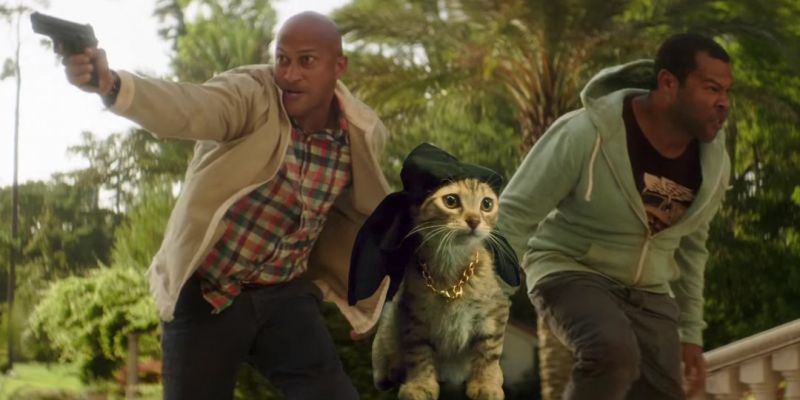
As adorably ludicrous as it is to imagine a cat dragging two mild-mannered men into a gang war, it’s clear that there’s more to Keanu than just a strange premise. The name and setup makes it an overt riff on John Wick and the trailer really keys in on racial preconceptions and how wrong they can be. That’s all well and good, but how about that aww-inducing moment when the cat is running to dramatic music and slides into the back of that guy’s leg?
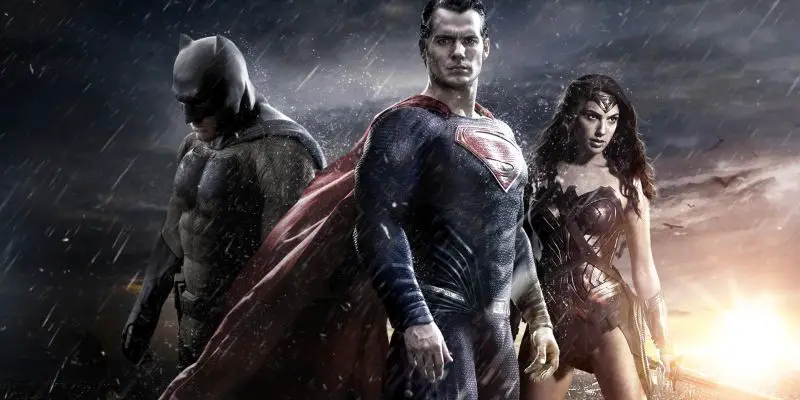
Ever since Jaws hoovered millions of bathers off the hot sandy beaches and into the cinemas in 1975, the Summer Movie Season has been the defacto launch pad for the biggest Hollywood blockbusters of each year. Along with Christmastime, the summer window between May and the end of August is where you would traditionally find the mega-budget sequels and franchises whipping audiences into a deranged frenzy with coffer-drainingly expensive promotional campaigns. So what was Batman vs Superman:
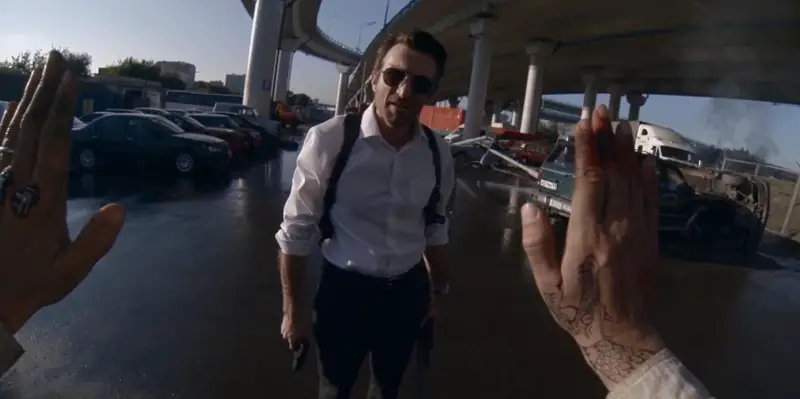
Action cinema is a pain to bring to light. Let’s be clear that every film is difficult to make and they all have inherent problems, ranging from little to gigantic nuances. But action takes the cake when it comes to painstakingly long hours and the mundane repetition that is required to capture the choreography of a scene just right.
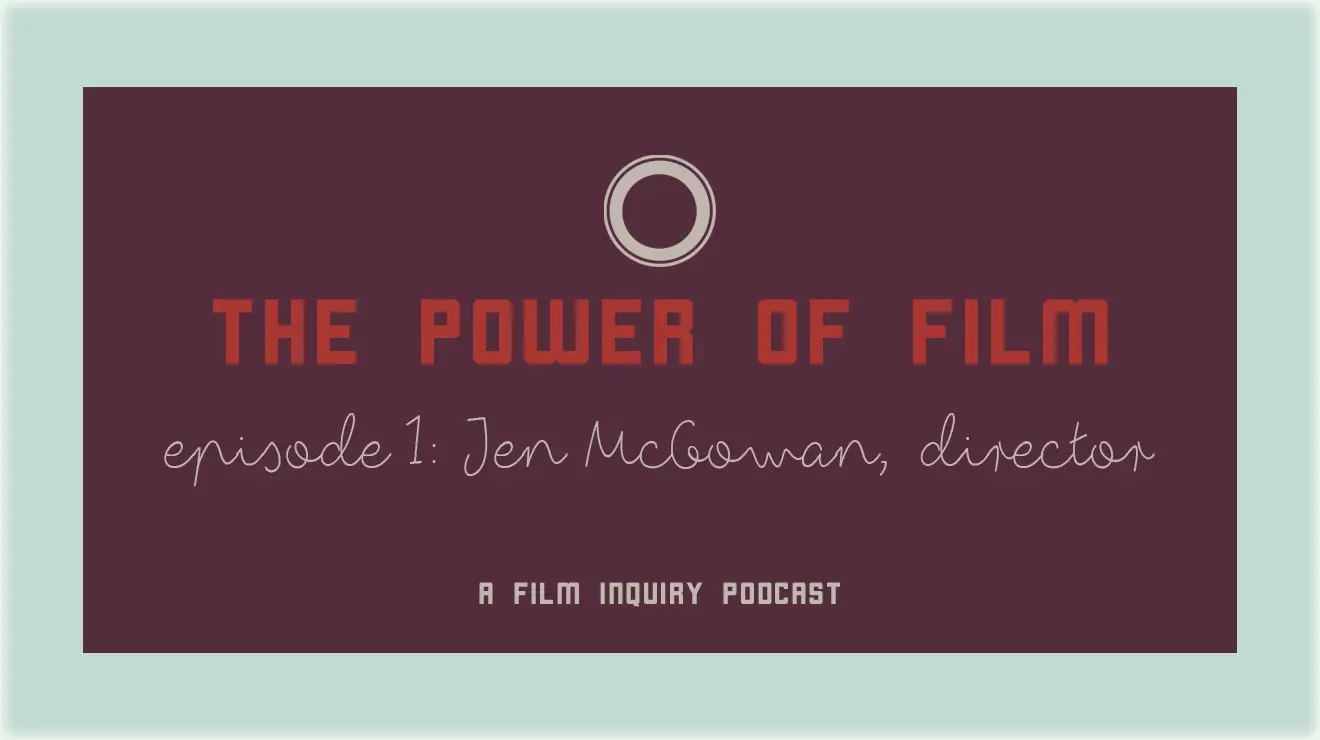
I’m incredibly proud to bring to you the very first episode of the all new Film Inquiry podcast, THE POWER OF FILM. In an episode of The Power of Film, I, Manon de Reeper (Editor in Chief of Film Inquiry) will be interviewing someone active in the film industry; filmmakers, directors, producers, actors, screenwriters… You name it!

Modern creatives have taken many liberties with the subject of vampire/werewolf lore. Films such as Blade and the Underworld series’ brought slick, Hong Kong-style hyper-violence wrapped in a trench coat, whereas Twilight added teenage brooding and sickly bubble gum romance, which many purists would rather see vanish into a sparkly haze. Emma Darks’ latest short Seize The Night fits categorically into the first grouping.

I have been following the production of Eddie The Eagle for a very long time it seems. I’m a great devotee of director Dexter Fletcher (Sunshine On Leith is excellent), I love a good sports movie, even better, I love a British underdog sports movie. Of course, if you know me or are familiar with me at all you’ll know I also absolutely adore Taron Egerton.
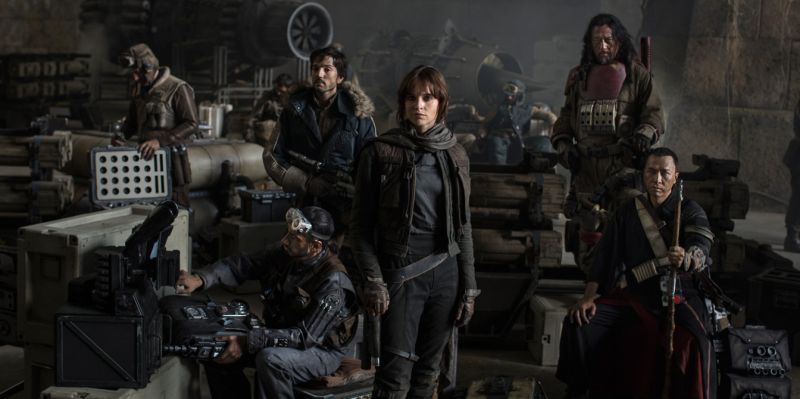
We knew things would change once Disney got a hold of Star Wars, and as utterly delightful as The Force Awakens was, it was basically the equivalent of clearing the first hurdle in a long race. After all, Disney operates under the ‘keep doing it until everyone hates it’ business model, and the company has made it abundantly clear that fans will be getting new Star Wars movies until they stop turning a profit. The thing is, that’s never been what Star Wars is.
